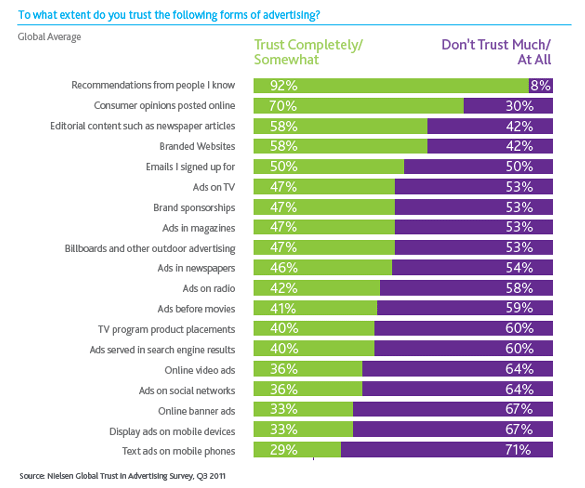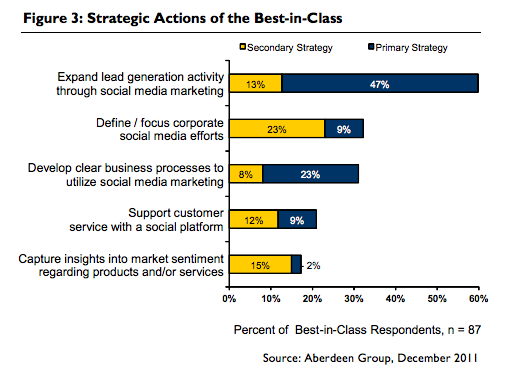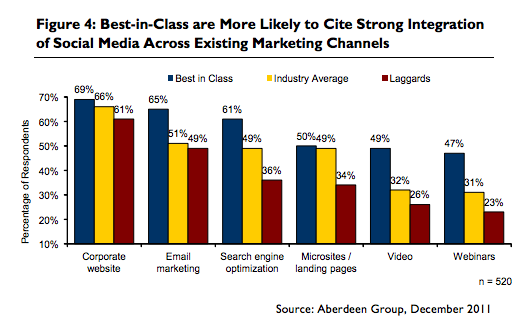Study shows that consumers are frustrated with online paying

Harald Wanetschka / pixelio.de
In a recent study by Mastercard Worldwide conducted by Harris Interactive we acknowledge how consumers are feelings about online commerce, as well as their habits on mobile shopping. According to the report, U.S. consumers replied that one of their biggest issues is “entering payment, billing and shipping information.”
It is not surprising to anyone probably that the only other issue more annoying to online buyers is knowing still one that has not changed in 15 years: People would like to know how a product feels, fits or looks.
“Online and mobile shopping puts a host of new options at consumers’ fingertips, but the current checkout process needs improvement to fully realize the potential of these important retail channels,” Geoff Iddison, Group Executive E-Commerce and Mobile, MasterCard Worldwide
According to Iddison the study also shows that consumers want a simpler, faster way to enter account information and less time filling out forms.
The funny thing for me is that the world still wants something that does not exist (and which I have thought about inventing in the online advertising world, too): a trusted source that handles safely personal information in one place.
58% of online shoppers said they would like that easy access to information in order to simplify their online check-out experience across the Internet. Apart from that almost one out of four respondents replied they had abandoned a shopping cart before completing their online or mobile purchase.
On the MasterCard company blog, Brian Gendron -a company spokesman- said the poll shows consumers want a simpler online payment experience. He mentions…
“Consumers still find that a lengthy checkout experience can cause frustrations, which can sometimes mean lost business for merchants when consumers fail to click ‘confirm purchase. Consumers want a simple and fast process to complete their online transactions so they can spend more time finding the exact products that they want.”
So, how about you and your online purchasing experiences? Would you say the study is correct in their findings?






 We all want to know what makes us trustworthy, especially when we tweet something. What is the secret sauce that makes others believe in the importance of our tweets? What makes those tweets better than those of our competitors?
We all want to know what makes us trustworthy, especially when we tweet something. What is the secret sauce that makes others believe in the importance of our tweets? What makes those tweets better than those of our competitors?
 We all want to know how the future looks like? What are key trends? What is the next bid thing in technology or our industry? The challenge is… How can the future be foreseen? Well, maybe there is a way if collaboration succeeds as the new imperative of humanity…
We all want to know how the future looks like? What are key trends? What is the next bid thing in technology or our industry? The challenge is… How can the future be foreseen? Well, maybe there is a way if collaboration succeeds as the new imperative of humanity…
 Qualcomm is always working on new opportunities for Augmented Reality. One of their latest kind of blew my mind. This new technology solution not only enables developers to create some new app in minutes, it also really connects the offline and the online reality.
Qualcomm is always working on new opportunities for Augmented Reality. One of their latest kind of blew my mind. This new technology solution not only enables developers to create some new app in minutes, it also really connects the offline and the online reality.
